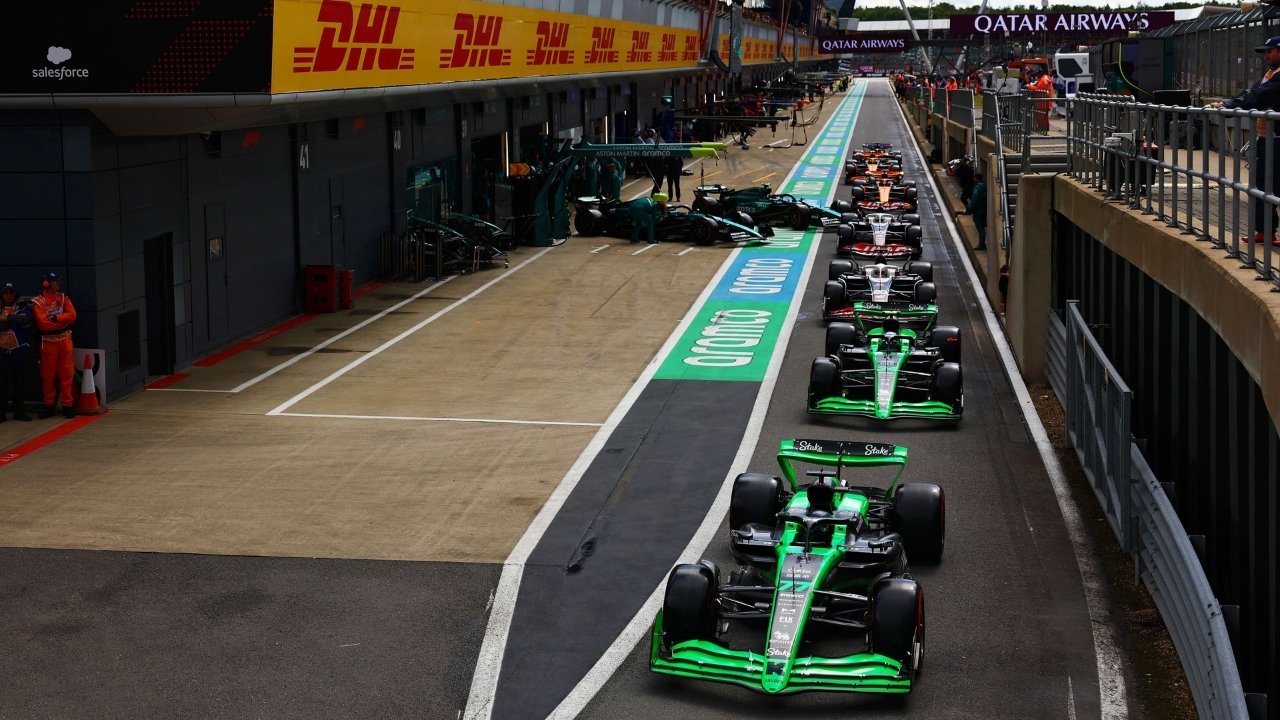
Formula 1 qualifying is a high-stakes battle that sets the stage for race day. Ever wondered what makes this session so crucial? Qualifying determines the starting order of the race, which can make or break a driver's weekend. It's not just about speed; strategy, tire choices, and even weather play significant roles. Drivers push their cars to the limit, aiming for the perfect lap. The session is divided into three parts: Q1, Q2, and Q3, each with its own set of challenges. Pole position is the ultimate goal, giving the driver a prime spot at the front of the grid. Ready to learn more? Buckle up!
The Basics of F1 Qualifying
Formula 1 qualifying determines the starting grid for the race. It’s a high-stakes session where drivers push their cars to the limit. Here are some fascinating facts about this crucial part of race weekend.
-
Three-Part Session: F1 qualifying is divided into three segments: Q1, Q2, and Q3. Each segment eliminates the slowest drivers, narrowing the field for the final shootout.
-
Q1 Elimination: In Q1, all 20 drivers compete. The slowest five are eliminated, leaving 15 to move on to Q2.
-
Q2 Battle: The remaining 15 drivers compete in Q2. Again, the slowest five are eliminated, leaving 10 drivers for Q3.
-
Q3 Shootout: The top 10 drivers from Q2 compete in Q3. Their lap times determine the starting positions for the top 10 on the grid.
The Importance of Timing
Timing is everything in F1 qualifying. Drivers and teams must strategize to get the best possible lap times.
-
Optimal Track Conditions: Track conditions can improve as more rubber is laid down. Drivers aim to set their fastest laps when the track is at its best.
-
Traffic Management: Drivers must navigate traffic to avoid being held up by slower cars, which can ruin a flying lap.
-
Weather Impact: Weather can dramatically affect qualifying. Rain can level the playing field, giving underdogs a chance to shine.
-
Red Flags: If there’s an accident or dangerous conditions, the session can be stopped with a red flag. This can disrupt strategies and add pressure.
The Role of Tires
Tires play a crucial role in qualifying. Teams must choose the right tire compounds to maximize performance.
-
Soft Tires: Soft tires provide the best grip and fastest lap times but wear out quickly. Most drivers use them in Q3 for the ultimate pace.
-
Tire Allocation: Each driver has a limited number of tire sets for the weekend. Managing tire usage in qualifying is key to having fresh tires for the race.
-
Tire Warm-Up: Getting tires up to the optimal temperature is essential for peak performance. Drivers often do warm-up laps to prepare their tires.
Strategy and Tactics
Qualifying isn’t just about raw speed. Strategy and tactics play a significant role in securing a good grid position.
-
Slipstreaming: Drivers can gain a speed advantage by following another car closely, reducing air resistance. This tactic is risky but can shave precious tenths off lap times.
-
Fuel Load: Cars run with minimal fuel in qualifying to be as light and fast as possible. Teams carefully calculate the fuel needed for warm-up and flying laps.
-
Track Position: Getting a clear track is crucial. Teams time their runs to avoid traffic and give their drivers the best chance at a clean lap.
Historical Moments
F1 qualifying has seen some unforgettable moments that have gone down in history.
-
Senna’s Dominance: Ayrton Senna holds the record for the most pole positions in a single season, with 13 poles in 1988.
-
Hamilton’s Record: Lewis Hamilton has the most career pole positions, with over 100 poles to his name.
-
Unexpected Poles: Occasionally, underdog teams and drivers have snatched pole positions, creating memorable upsets.
The Pressure Cooker
Qualifying is a high-pressure environment where every millisecond counts. Drivers must stay focused and perform under intense scrutiny.
-
Mental Toughness: The mental strain of qualifying is immense. Drivers must stay calm and composed to deliver their best performance.
-
Team Effort: Qualifying success is a team effort. Engineers, strategists, and mechanics all play vital roles in preparing the car and executing the plan.
-
Fan Excitement: Qualifying sessions are thrilling for fans. The tension builds as drivers push their limits, making it a highlight of the race weekend.
The Final Lap
F1 qualifying is more than just a pre-race event; it's a high-stakes battle that sets the stage for the main race. From the intense Q1, Q2, and Q3 sessions to the strategic use of DRS and tire management, every second counts. Drivers push their cars to the limit, aiming for that perfect lap. The thrill of watching a driver snatch pole position in the final moments is unmatched. Understanding these facts not only enhances your appreciation of the sport but also gives you insight into the incredible skill and strategy involved. Next time you watch an F1 qualifying session, you'll know the significance behind every move. So, buckle up and enjoy the ride, because in F1, every detail matters.
Was this page helpful?
Our commitment to delivering trustworthy and engaging content is at the heart of what we do. Each fact on our site is contributed by real users like you, bringing a wealth of diverse insights and information. To ensure the highest standards of accuracy and reliability, our dedicated editors meticulously review each submission. This process guarantees that the facts we share are not only fascinating but also credible. Trust in our commitment to quality and authenticity as you explore and learn with us.
